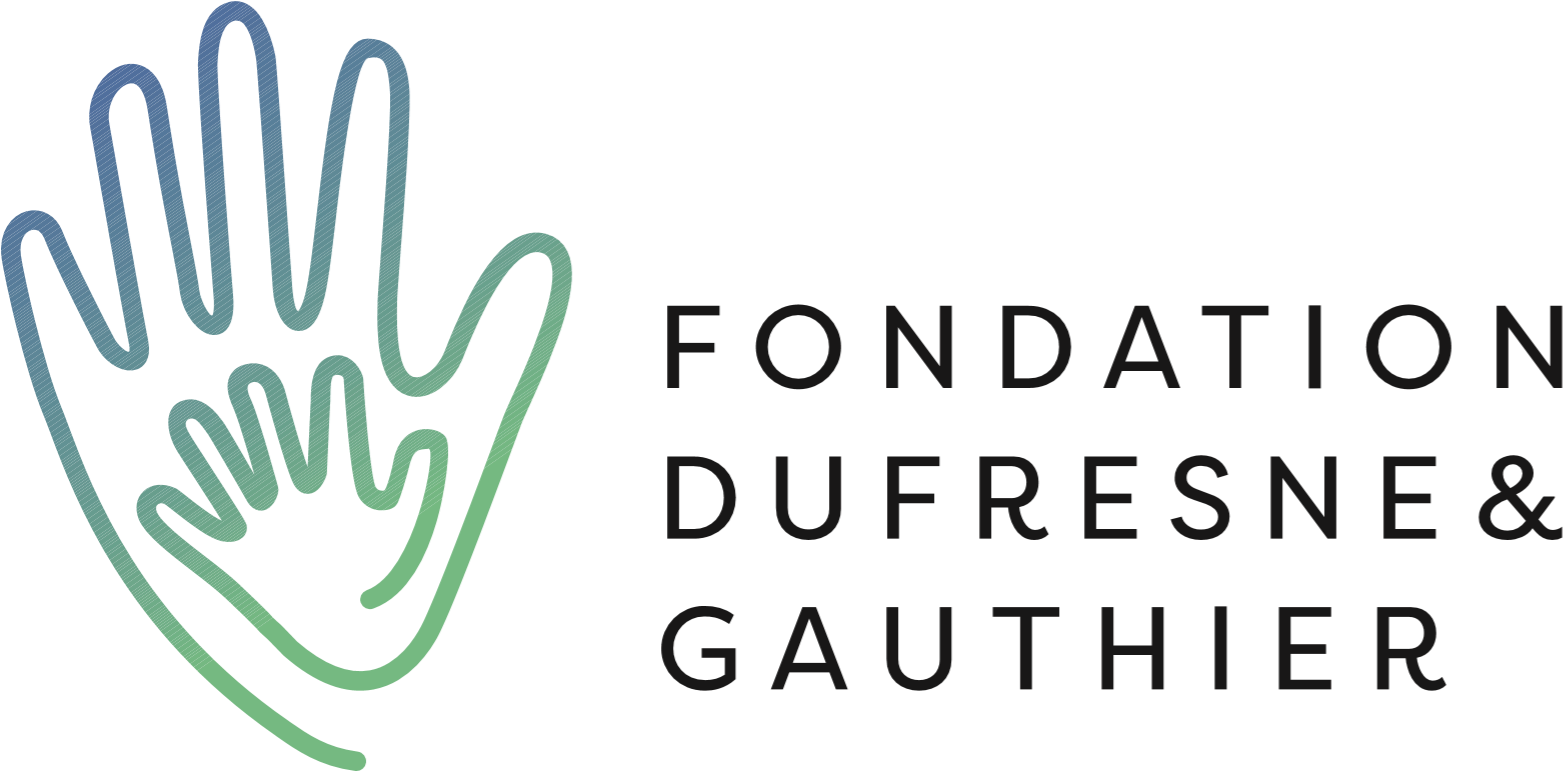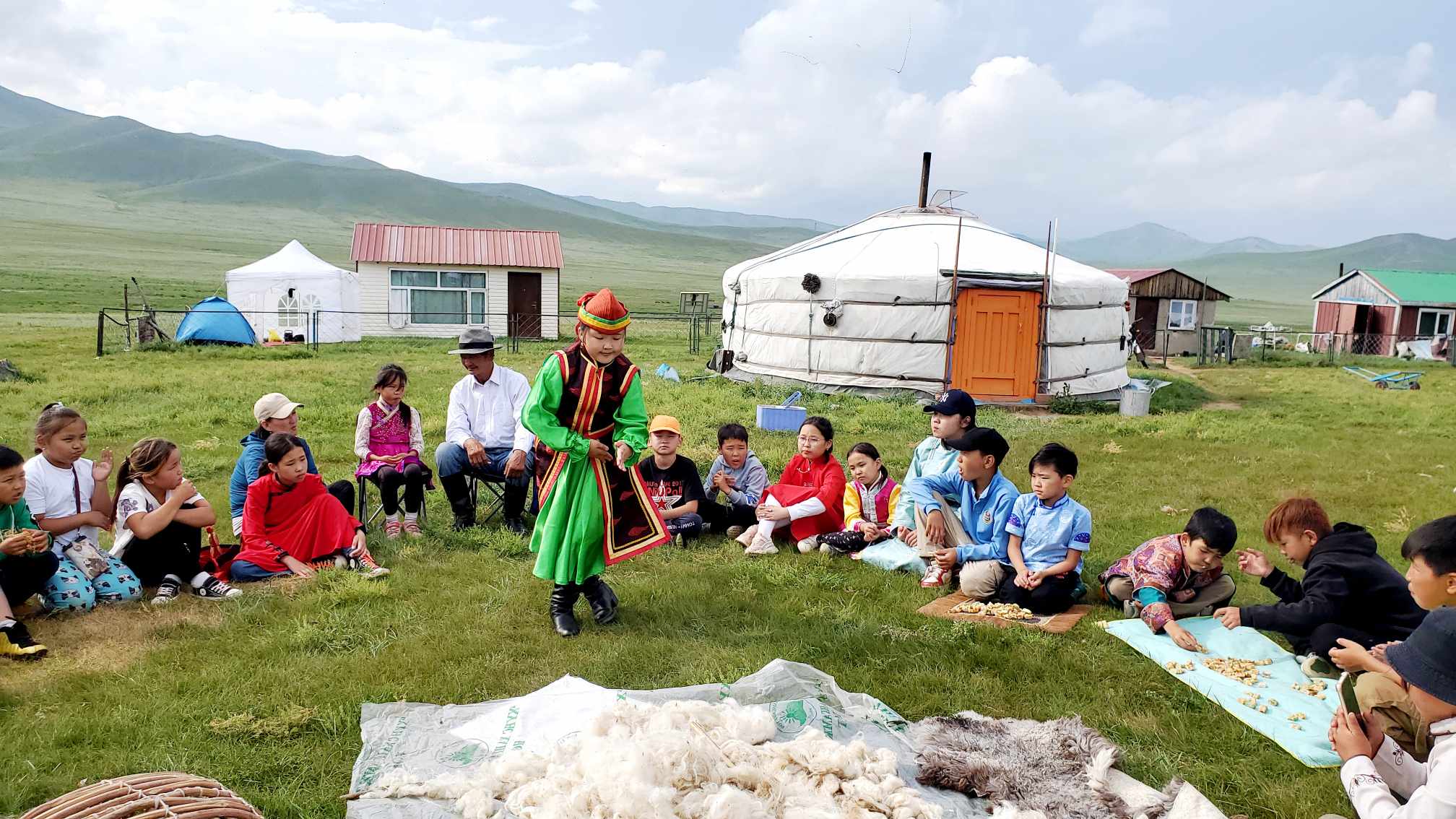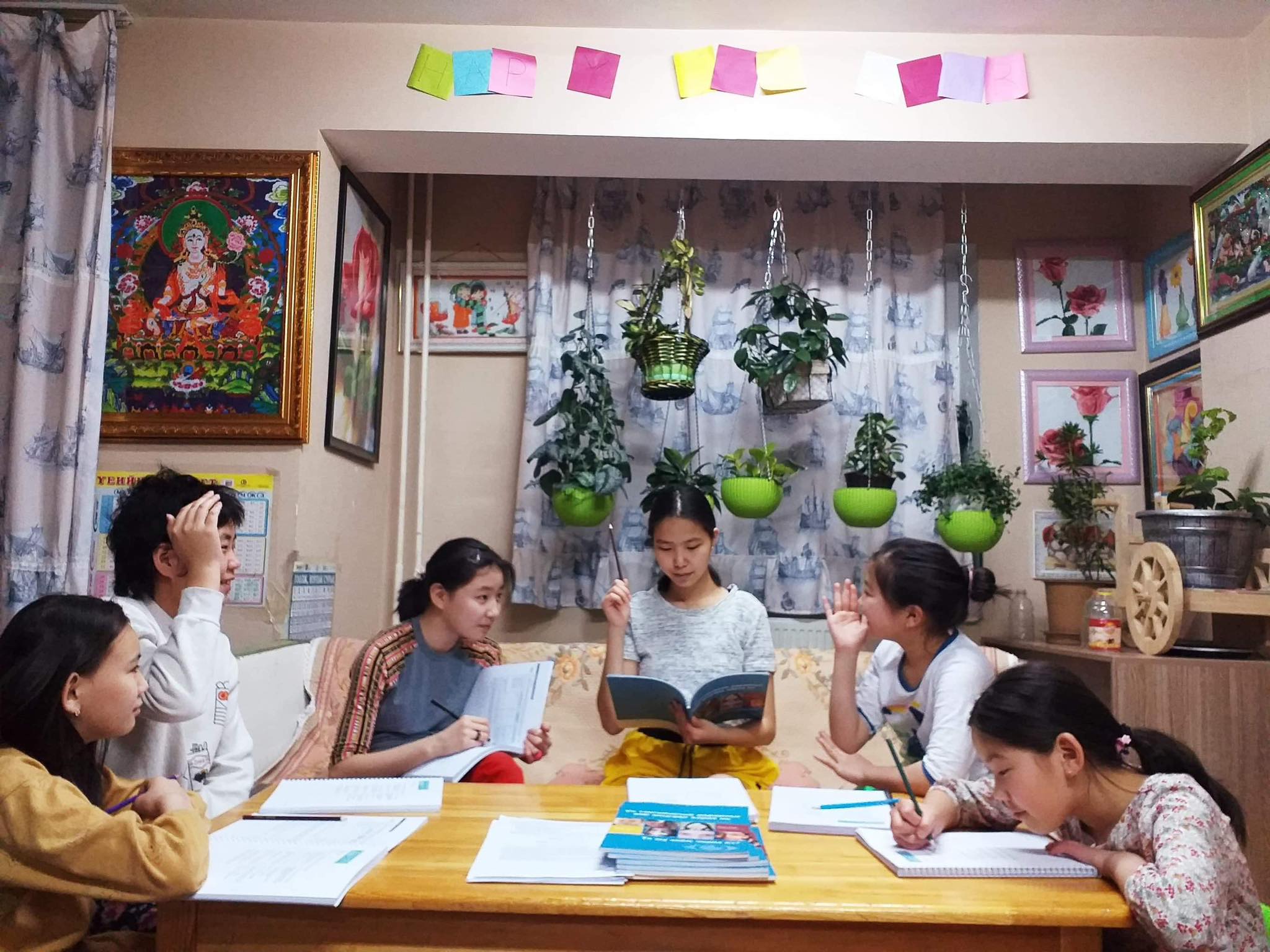Our presence in Mongolia
It was during their first trip to Mongolia in 1996 that the founders of FDG were touched by the plight of the country's children.
A part of our history
Following the adoption of two children from Mongolia and the creation of the Dufresne & Gauthier Foundation, an initial collaboration with Save the Children led to initiatives to support the vulnerable children of the country. Since 2010, FDG has had an office in the capital, where a coordinator works to develop new partnerships and manage the sums granted to a dozen different organizations in the greater Ulaanbaatar region, while remaining faithful to the principles of proximity philanthropy practiced by FDG.
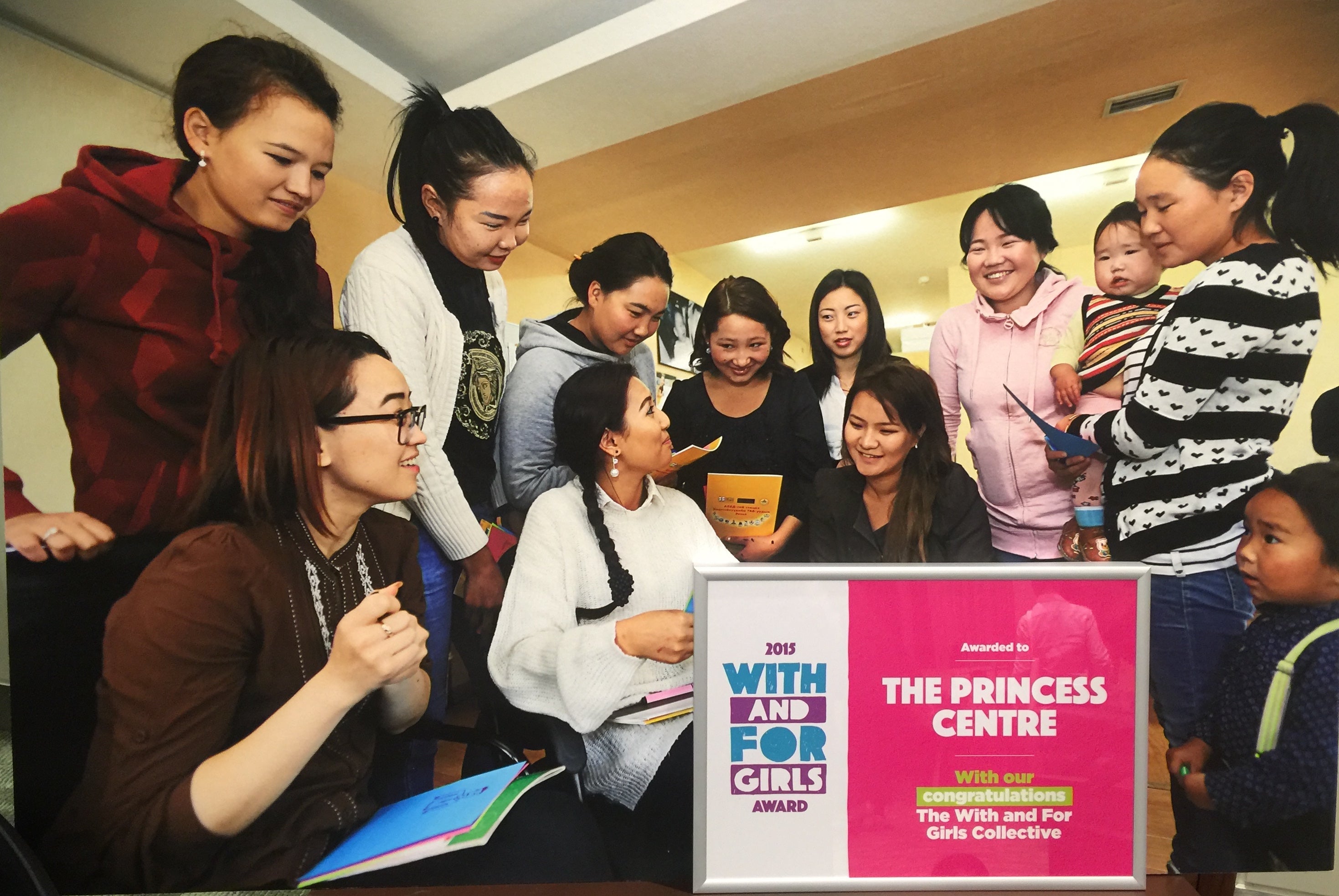
Our support
The Foundation supports organizations providing social and psychological services to child victims of domestic violence and sexual abuse. It also supports organizations that offer alternative care services to orphans, abandoned children and children who need protection. It contributes to Mentor Parents, a group of parents with disabled children. Their organization works to fulfil the rights of disabled children. There are several organizations working on protecting and developing children and young mothers of vulnerable families.
Although access to education is a universal principle in Mongolia, many kindergartens, particularly those in the ger districts are under-equipped in terms of educational materials. FDG invests in one kindergarten every year to ensure it has the right equipment. It also supports the attendance of many children at summer camps, which offer a healthy lifestyle closer to nature.
The socio-economic context
Mongolia is a mountainous, steppe-covered country with an immense territory, bordered to the north by Russia and to the south by China. In this country, where the sun shines for up to 250 days a year, we find the Gobi Desert, the second largest desert in Asia, the most northerly on our planet, and the sixth largest in the world.
Brief history of the country
Mongolia was the centre of the Mongol Empire led by Genghis Khan in the thirteenth century. Initially united from nomadic tribes, the successors expanded the kingdom and established their sovereignty over the largest expanse of land in human history, stretching from Vietnam to Eastern Europe. The places reached by the Mongol cavalry included Western Europe, the Iberian peninsula, the Philippine and Japanese islands to the east, and the Kamchatka peninsula to the north. A total area of over 40,000,000 km2 came under their control.
The nomadic lifestyle they maintained over the centuries did not prevent them from making a significant contribution to history, not least through the revolution in trade and culture between Asia and Europe.
In 1262, Greater Mongolia split into four great powers, ushering in a new era. Governed by the Manchu Qing dynasty until the end of the seventeenth century, these events were marked by the growing influence of Buddhism on the Mongolian population. When the Qing state collapsed in the twentieth century (in 1911), the three nations of China, Tibet and Mongolia all gained independence at the same time.
From 1921 to the end of the 1980s, Mongolia was a state under the political regime of the Soviet Union. It received technical, economic and military support from the Soviet Union, and followed Soviet influence in the political and economic spheres and in the building of a socialist society.
From 1921 to the end of the 1980s, Mongolia was a state under the political regime of the Soviet Union. It received technical, economic and military support from the Soviet Union, and followed Soviet influence in the political and economic spheres and in the building of a socialist society.
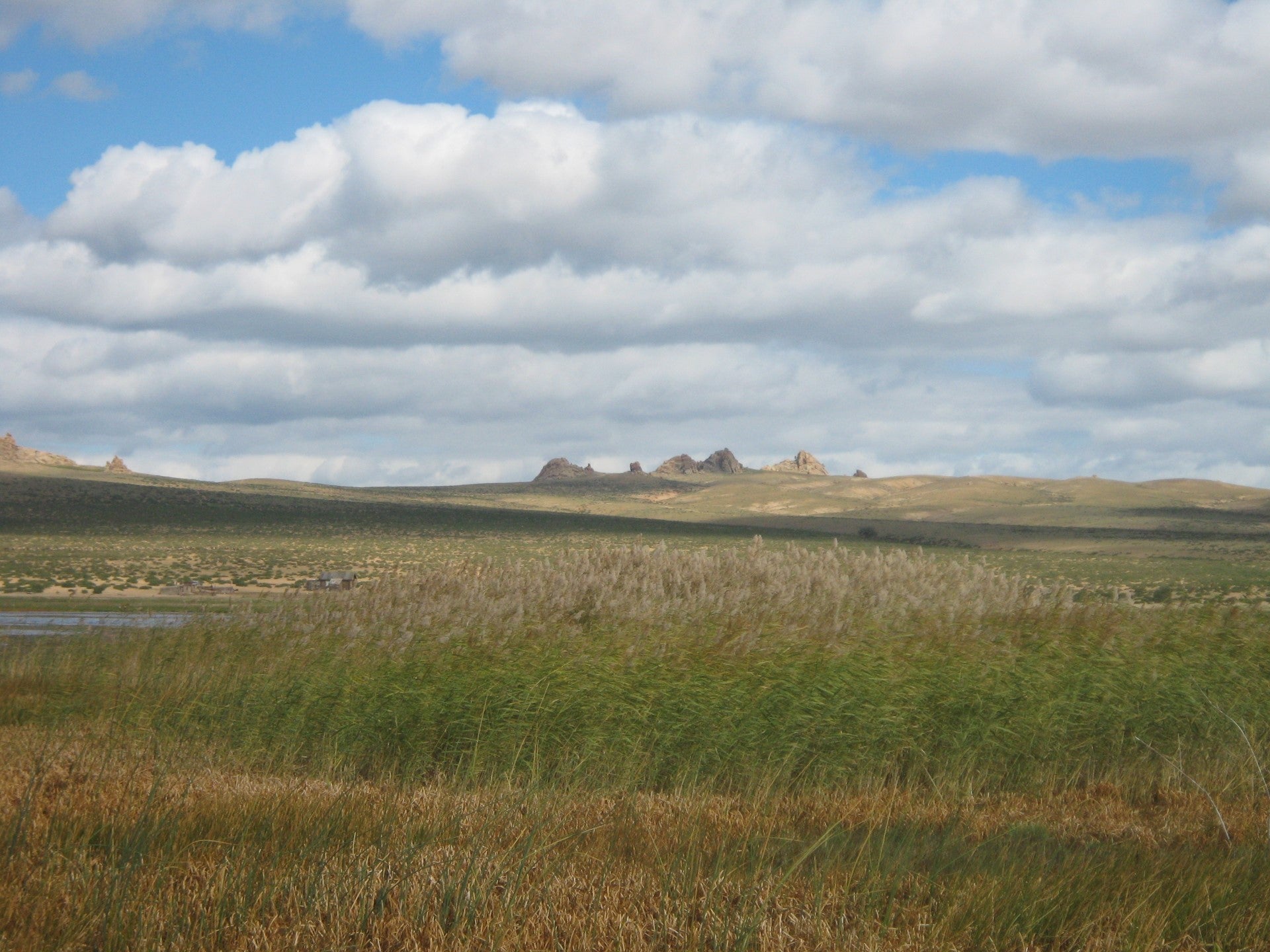
From 1990 onwards, the forces of change in Mongolia ended the Communists' monopoly of political power in favour of free, multi-party elections, a coalition government, a new constitution, greater cultural and religious freedom with more emphasis on Mongolian national traditions, a neutral stance in international relations and a transition to a market economy.
